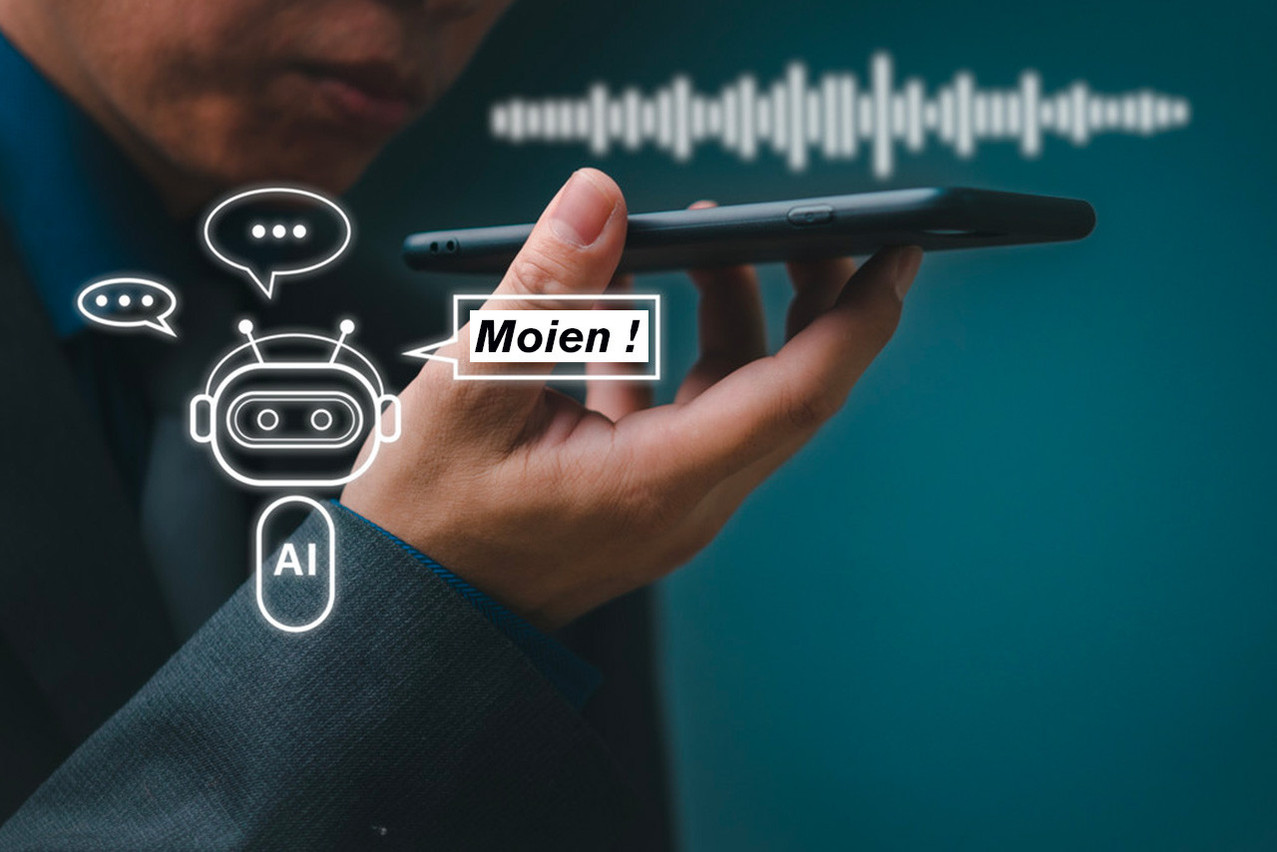Luxembourgish is entering a new digital era. On 10 February 2025, culture minister (DP) unveiled , a platform developed by the Zenter fir d’Lëtzebuerger Sprooch (ZLS). Its purpose? To transform speech into text and text into speech, using speech recognition and synthesis technologies dedicated to the national language.
After an initial trial run in 2022 with schreifmaschinn.lu, a speech-to-text prototype, ZLS has refined its model: the result is more accurate speech recognition, capable of better understanding the nuances and regional variants of Lëtzebuergesch. The system can now process longer recordings, with a reduced error rate.
The interface, meanwhile, is designed to be fluid and intuitive, offering the possibility of exporting texts in different formats, with integrated time stamping, which will facilitate--the culture ministry points out in its press release--such things as the creation of subtitles for videos.
Max Kuborn
But the big news is the voice. It is Max Kuborn, a long-standing RTL contributor, who has lent his voice to platform’s text-to-speech engine, called Liesmaschinn. “This new tool plays an essential role in making the Luxembourgish language more accessible and inclusive in the digital world,” says the ministry. “In particular, it provides valuable support for the development of tools for the visually impaired.”
Developed from the work of Marco Barnig, the synthesis engine is based on a vast corpus of texts and recordings from the Luxemburger Online Dictionary (LOD). It is capable of correctly pronouncing words not found in the dictionary, while maintaining a natural, fluid intonation.
However, artificial intelligence has certain limitations: proper nouns, foreign words and certain abbreviations that do not correspond to the spelling and phonetic conventions of Luxembourgish can sometimes give it a hard time, says the government.
Presenting the platform, Thill hailed it as “a major step forward in the action plan to promote the Luxembourgish language.” And, he added, no textual or audio information processed is stored on the site.
This article in French.
